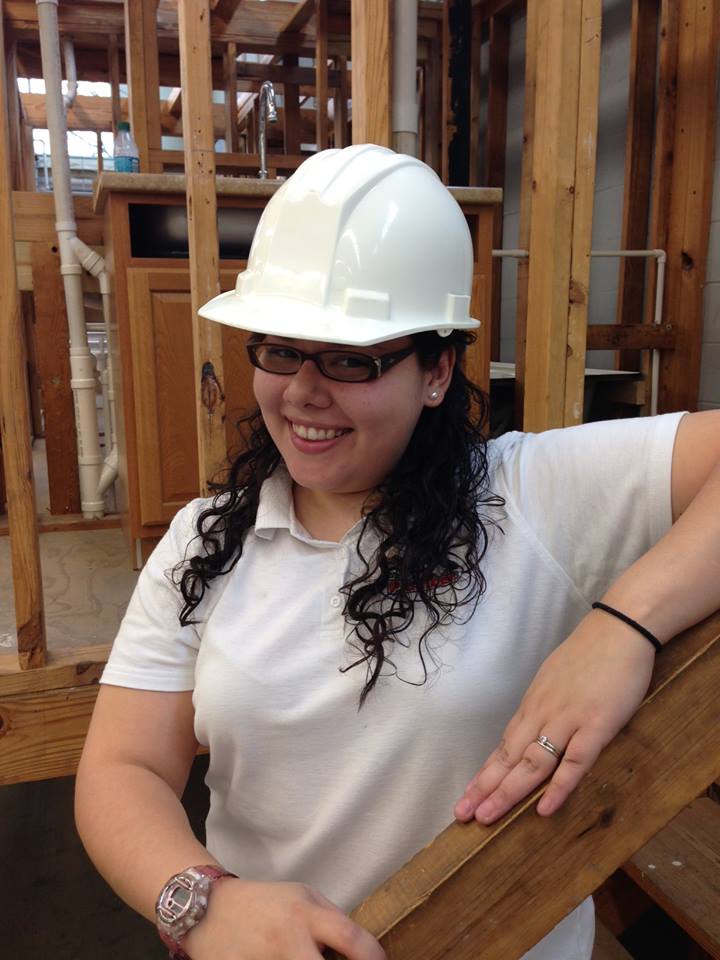
By Allie Perez
Apprentices may not affect daily life directly, but they are a pivotal component of the skilled trades industry and its future.
Famous painter Leonardo Davinci reflected, “Poor is the pupil who does not surpass their master.” As an artist, Davinci lived as an apprentice before success and fame. Once he owned his own studio, he served as master to his own apprentices. This cyclical process of master and apprentice fuels the construction of our human history. While regulation of apprenticeships and skilled trades appeared in modern times, the master and apprentice relationships began before the time of Jesus Christ. As early as 18th century BCE, codes of conduct for tradespeople documented the necessity to share knowledge with the next generations.
Apprentice or journeyman means “day worker.” These day workers were often indentured to their master during their apprenticeship. The terms were arranged before the apprenticeship began and could last as little as two years or as long as ten years. When the apprentice felt trained and ready to embark on their own journey, they would be required to submit a “master piece” of their best work. This piece would be judged by masters in their skilled trade, and if the work passed muster, the apprentice would then be considered a master. A master would be responsible for their own workspace, apprentices and customers. Masters, only allowed a maximum of three apprentices, were responsible for the apprentice’s room, board, basic necessities and training.
Apprentices have existed for ages; scholars cannot pinpoint their emergence in time. What is clear, is that they have been around for a very long time. The oldest and most famous apprentice of all time, Jesus, would have taken up his father Joseph’s trade and studied as his apprentice in carpentry. The Romans utilized apprentice labor in the construction of the aqueducts. The Ancient Egyptians monumental structures, the Great Pyramids, would not exist without the master-apprentice relationship to maintain construction over decades. In Ancient Egypt, like many societies throughout time, class often determined occupation. Apprenticeship differs from slavery at this time based off skill set and social caste. Apprenticeship is blind to class and caste as high level thinkers, such as: architects, city planners, engineers, accountants and architects, were also trained in the master-apprentice relationship.
Apprentices in the Trades
Trades require a plethora of skills to complete the day-to-day tasks encountered by the tradesperson. While a trades education can be acquired from books and traditional learning, on-the-job training of a tradesperson is pivotal to their future success.
Encountering what will be expected of them every day on the job, in their training years, prepares them for the unpredictability that a skilled trades career inflicts on its tradespeople. The master assumes the role of educator and provider. It’s the master’s responsibility to impart knowledge to the apprentice. The apprentice carries their own responsibilities. They must glean as much knowledge from the master as possible. The apprentice, in turn, should share with their master any technological advances or trends that may be applicable to their work. The master-apprentice relationship evolves through time, but the basic tenants of the initial masters and apprentices have been preserved.
Craft guilds emerged in Europe as early as the 13th century. A craft guild, comprised of masters in their trade, addressed the quality of work for their trade and the working conditions for tradespeople and apprentices. Over time, these guilds gained power and, in some instances, outranked their local governments. Not until the industrial revolution did apprenticeships and skilled trades become regulated and protected by unions and the law out of necessity.
With the rise of the industrial revolution, it became glaringly apparent that workers with specific skills would be needed to fuel industries. These workers would require training. However, industry was starving for workers so it began to ignore the guilds rules and codes for apprenticeship. Many industries at that time were not addressed specifically in the guild bylaws, so those industries ignored apprenticeship rules making working conditions dangerous or fatal.
While the master-apprentice relationship has flourished over time, recently it’s found itself at risk of extinction. As tradespeople retire, apprentices fill their shoes and become masters. However, apprenticeship numbers are low and not enough to fill the gaps left by the aging out tradespeople. This skilled labor gap creates panic in the skilled trades industry.
As the skilled labor gap increases, the role of the master-apprentice relationship is more crucial than ever. The survival of regulated and safe working conditions for tradespeople and apprentices fell to the guilds during the Industrial Revolution. Now, it’s time for tradespeople to acknowledge the staggeringly low number of apprenticeships and make universal plans for recruitment and retention. The future of the trades is in the hands of tradespeople.
by Allie Perez, CEO & Founder at Texas Women in Trades, Owner/CEO at Allie Katz Business Services and Consulting, and Director of Operations at Mr. Plumber Plumbing Co.

